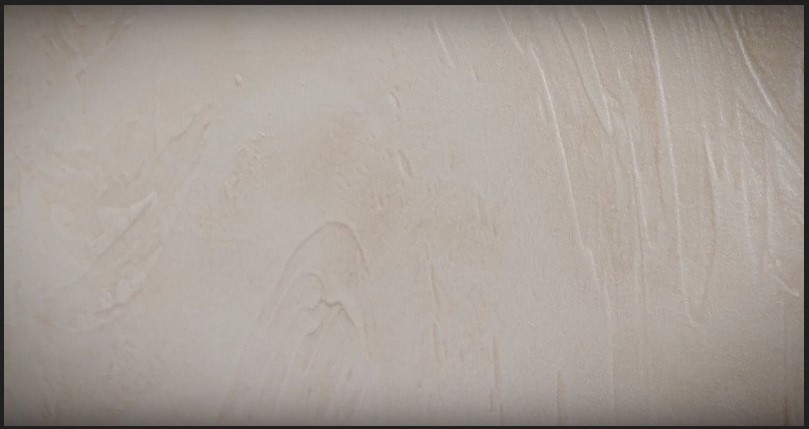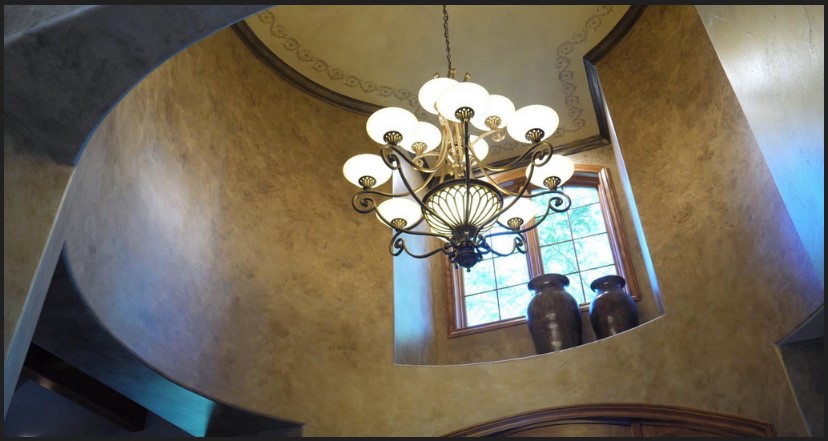Welcome to Step into Serenity: Discovering the Beauty of Flagstone Pathways! Flagstone pathways are a beautiful and timeless way to add a touch of elegance to any outdoor space. Whether you’re looking to create a winding path through your garden or a simple walkway to your front door, flagstone pathways are the perfect choice. In this guide, we’ll explore the many benefits of flagstone pathways, from their durability and low maintenance to their aesthetic appeal. We’ll also provide tips on how to choose the right flagstone for your project and how to install it correctly. So, let’s get started and step into serenity!
How to Create a Flagstone Pathway for Your Home: Tips and Tricks for a Beautiful and Durable Walkway
Creating a flagstone pathway for your home can be a great way to add a beautiful and durable walkway to your outdoor space. With the right materials and a bit of know-how, you can create a stunning pathway that will last for years to come. Here are some tips and tricks to help you create a flagstone pathway that will be the envy of your neighborhood.
1. Choose the Right Flagstone: When selecting flagstone for your pathway, it’s important to choose a type that is durable and weather-resistant. Natural stone is the best choice, as it is more resistant to cracking and fading than manufactured stone.
2. Prepare the Base: Before you begin laying the flagstone, you’ll need to prepare the base. This should be a layer of gravel or sand that is at least four inches deep. Make sure the base is level and compacted before you begin laying the stones.
3. Lay the Stones: When laying the stones, start at one end and work your way to the other. Make sure each stone is level and secure before moving on to the next one. You can use a rubber mallet to gently tap the stones into place.
4. Fill in the Gaps: Once all the stones are in place, you’ll need to fill in the gaps between them. Use a mixture of sand and gravel to fill in the gaps and create a smooth surface.
5. Seal the Pathway: To protect your flagstone pathway from the elements, you’ll need to seal it. Use a sealant specifically designed for flagstone and apply it according to the manufacturer’s instructions.
Creating a flagstone pathway for your home can be a great way to add a beautiful and durable walkway to your outdoor space. With the right materials and a bit of know-how, you can create a stunning pathway that will last for years to come. Follow these tips and tricks to create a flagstone pathway that will be the envy of your neighborhood.
The Benefits of Installing a Flagstone Pathway: Aesthetic Appeal and Low Maintenance for Your Outdoor Space
Flagstone pathways are an attractive and low-maintenance addition to any outdoor space. Flagstone is a type of sedimentary rock that is cut into flat pieces and used for paving. It is available in a variety of colors and textures, making it a great choice for creating a unique and eye-catching pathway.
The aesthetic appeal of a flagstone pathway is undeniable. The natural beauty of the stone adds a touch of elegance to any outdoor space. The variety of colors and textures available allows you to create a unique and personalized look that will be the envy of your neighbors.
In addition to its aesthetic appeal, flagstone pathways are also low-maintenance. Flagstone is a durable material that is resistant to cracking and chipping. It is also easy to clean and maintain, requiring only occasional sweeping and occasional sealing to keep it looking its best.
Installing a flagstone pathway is a relatively simple process. The stones can be laid directly on the ground or on a bed of sand or gravel. The stones should be laid in a pattern that is pleasing to the eye and allows for proper drainage. Once the stones are in place, they can be secured with mortar or sand.
A flagstone pathway is an attractive and low-maintenance addition to any outdoor space. Its natural beauty and durability make it an ideal choice for creating a unique and eye-catching pathway. With minimal maintenance, your flagstone pathway will remain beautiful for years to come.
Conclusion
In conclusion, Step into Serenity: Discovering the Beauty of Flagstone Pathways is an excellent resource for anyone looking to create a beautiful and inviting outdoor space. It provides detailed instructions on how to lay flagstone pathways, as well as helpful tips on how to choose the right materials and design for your project. With its comprehensive information and helpful advice, Step into Serenity is sure to help you create a stunning and serene outdoor space that you can enjoy for years to come.

